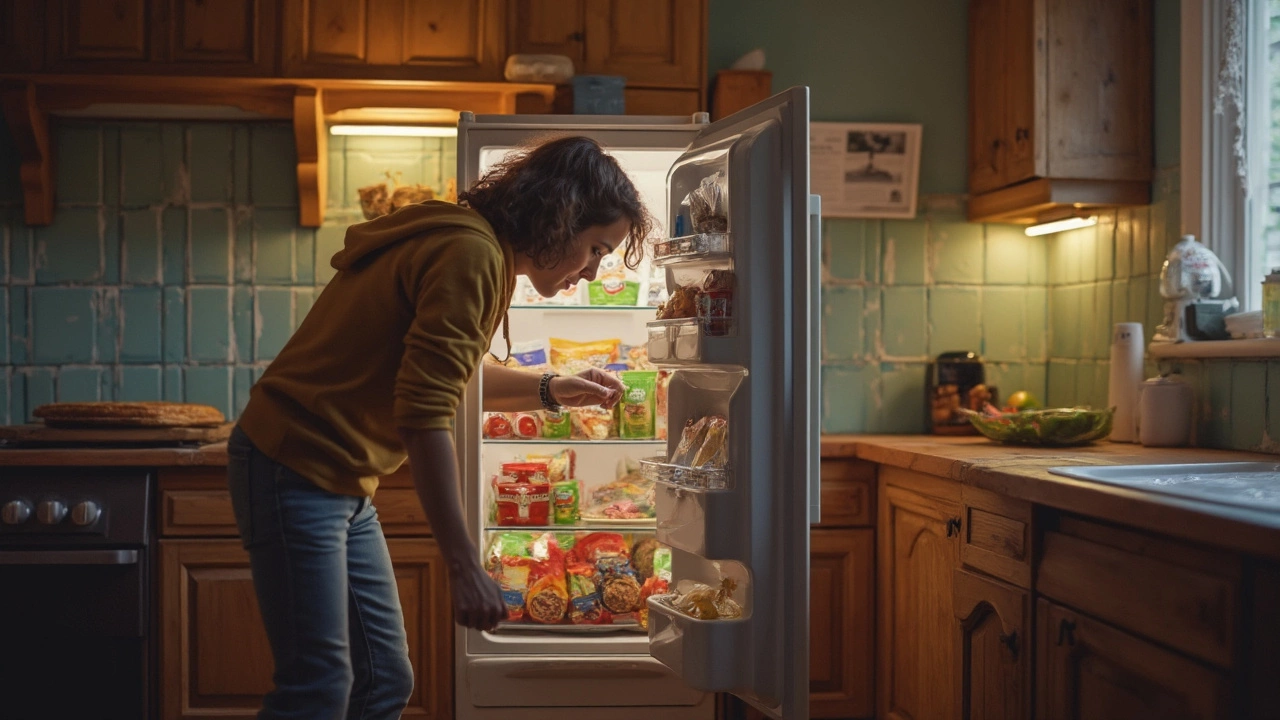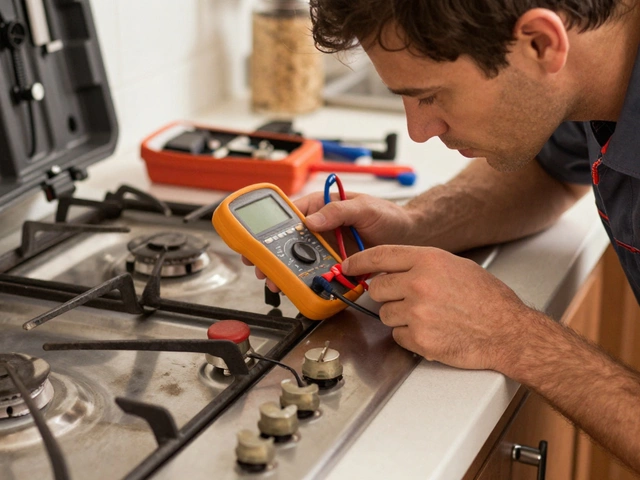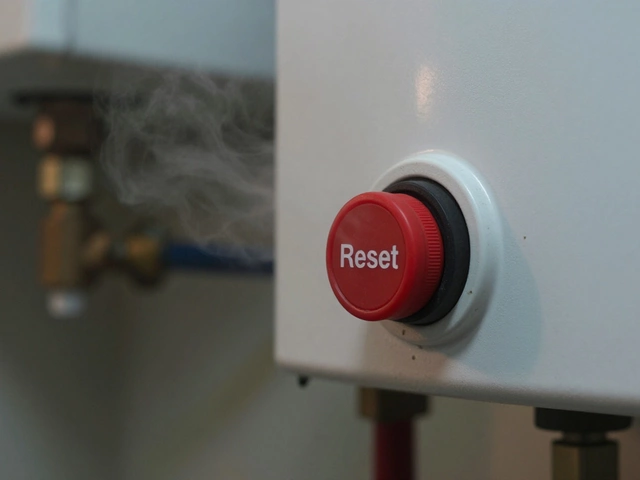Fix Broken Freezer: How to Diagnose, Repair, and Keep It Running
When you fix broken freezer, you’re tackling a cooling unit that has stopped keeping food frozen or producing ice. Also known as freezer repair, it involves spotting the faulty part, swapping it out, and testing the system again. Getting a handle on this process saves money and stops food waste.
What Usually Breaks a Freezer?
A freezer is basically a sealed box with three key players: the freezer, the insulated cabinet that holds your frozen goods, the compressor, the motor that compresses refrigerant and drives the cooling cycle, and the ice maker, the component that forms ice cubes for your drinks. When any of these fail, the freezer stops doing its job. Common faults include a faulty thermostat that can’t sense temperature, a clogged defrost drain that forces ice buildup, or a worn‑out evaporator fan that can’t move cold air. In short, fix broken freezer encompasses diagnosing the cooling loop, requires basic tools like a multimeter and screwdrivers, and influences food safety in your kitchen.
Start with the easy checks: Is the freezer plugged in? Is the door seal tight? A broken seal lets warm air sneak in, forcing the compressor to work harder and eventually overheat. Next, listen for the compressor humming – if it’s silent, the motor may have burnt out. Feel the back of the unit; a warm compressor often signals a cooling problem. If the ice maker isn’t dropping cubes, the water inlet valve could be clogged, or the ice mold sensor may be faulty. These quick observations narrow down the culprit before you open the panels.
When you move inside the cabinet, the defrost system, a set of heaters and timers that melt frost buildup is a frequent offender. A stuck defrost timer keeps the heater off, allowing ice to build up and block airflow. Testing the timer with a multimeter is straightforward: resistance should change as you dial through the cycle. If the timer is dead, replace it – it’s cheap and often solves the problem. Also inspect the evaporator fan; a squeaky or non‑spinning fan points to motor wear or a blocked fan blade.
Deciding whether to DIY or call a pro hinges on the part involved. Compressor replacement is risky – you need refrigerant handling certification, so a qualified technician is the safe route. Thermostat swaps, ice maker valve changes, or fan motor replacements are typical DIY tasks for a handy homeowner. Always unplug the unit, label wires, and keep a photo of the wiring before you disconnect anything. After the fix, run the freezer empty for a few hours to confirm it reaches -18°C (0°F) consistently.
Regular appliance maintenance, periodic cleaning and checks that keep appliances running efficiently can prevent many breakdowns. Clean the condenser coils every six months, vacuum the freezer’s interior to avoid ice buildup, and check the door gasket for cracks. A well‑maintained freezer not only lasts longer but also runs quieter and uses less electricity.
Below you’ll find a curated selection of articles that walk you through specific freezer issues, from ice maker troubleshooting to compressor diagnostics, plus advice on when professional help is worth the call. Dive in to get step‑by‑step guides, tool lists, cost estimates, and maintenance checklists that make fixing a broken freezer a manageable task.
Discover how to handle a sudden freezer malfunction with straightforward tips and tricks. Learn immediate actions to save your food, common causes for these breakdowns, and when to call in professional help. This guide simplifies the complexities of freezer repair to keep your home running smoothly without unnecessary stress. Make informed choices about maintenance and explore strategies to extend your appliance's life.


